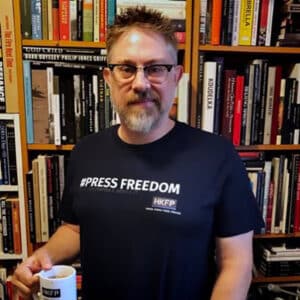"When I close my eyes and I think of images, I think of long hallways with fluorescent lights over them. With people peeking out of open doorways, waiting to see if it’s time to go out of their rooms."
Photographer Mary Ellen Mark recounts these thou...



